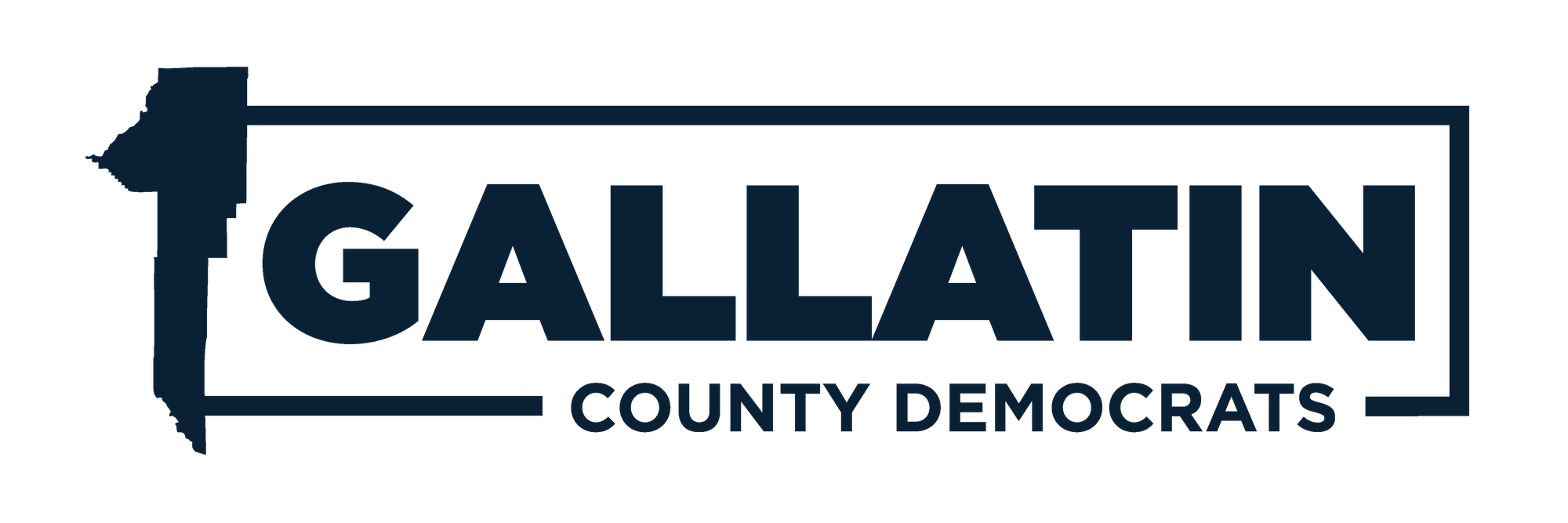By TOM WOODS
Guest columnist
Unlike many other bills being excreted by the Legislature these days, Senate Bill 110 is very subtle in the way it reveals the dysfunction in our legislative body. This bill directs the university system to stop payments to its employee health care plan for two month periods when the health insurance program is running a surplus. (Like it is now). At face value, that sounds like a prudent move but pointed questions need to be asked.
Health insurance is a large part of a university employee’s compensation. Salaries at Montana universities are quite low, but the amount paid by the University for employee benefits is over $1,000 per month. So here’s the first pointed question: Since the dollars saved by the health care are part of employee payroll, shouldn’t at least some of the tens of millions of dollars saved by SB 110 be used to raise wages and salaries for employees? Isn’t that who this money is appropriated for? From what I saw during the hearing that is not even being considered. The governor and the Legislature want to use that money to pave potholes in the general fund budget.
This isn’t the first time university employee wages have been used to pay off debt. Back in 1993 the decision was made to close down university pensions and put new employees into 401K plans. This made for a financial pinch on the retirement fund because there were no new employees contributing to the pension plan. The solution to this was to place a surcharge on university employee
payroll to pay off the pension obligation. Over the decades his has cost hundreds of millions of dollars to employees who will never see the benefit of a pension.
The other question that we need to be asking our government is more important. Years ago the health care plan was deep in the red and now the fund is generating a surplus because they implemented a bold plan called “Reference Based Pricing.” How did that work and why aren’t we applying it so that other people can save money?
If you’ve ever received a hospital or a medical bill, you know how ridiculous and mysterious the pricing system can be. A bag of saline can cost $1,000 for one patient but $50 to another. Few (if any) providers know what patients are going to be charged for the materials and services they are providing. What reference based pricing did was tell the hospitals that they could not charge more than (about) twice what Medicare charges.
This strategy allows hospitals to remain profitable and removes the haggling between insurance companies and billing departments. Since Medicare is has medical prices lined out in great detail and indexed to local markets, it brings efficiency and clarity to an otherwise opaque process.
Why can’t we implement a system of reference based pricing for everybody? The answer to that is simple. The hospitals don’t want it to happen.
In the past two sessions I wrote and sponsored legislation to implement reference based pricing.
Although I’m a Democrat, I found cosponsors on the other side of the aisle who were willing to take a stand with me on the issue. Regardless, reference pricing was opposed on both sides of the aisle because the hospital lobby succeeded in twisting arms and the truth. They said it was too simple. They said they had other means of controlling costs like paying for outcomes instead of services. The death blow came when they called reference based pricing a form of price controls. The bills went down and the legislature refused to even study the issue during the interim.
I had hoped that a new Legislature would address health care costs in a meaningful way, but it looks like the Republicans calling the shots are not interested in doing anything helpful for those
of us who work for a living.
Tom Woods is a former state representative from Bozeman. He teaches physics at Montana State University
Bozeman Daily Chronicle Guest Editorial 3/12/21

